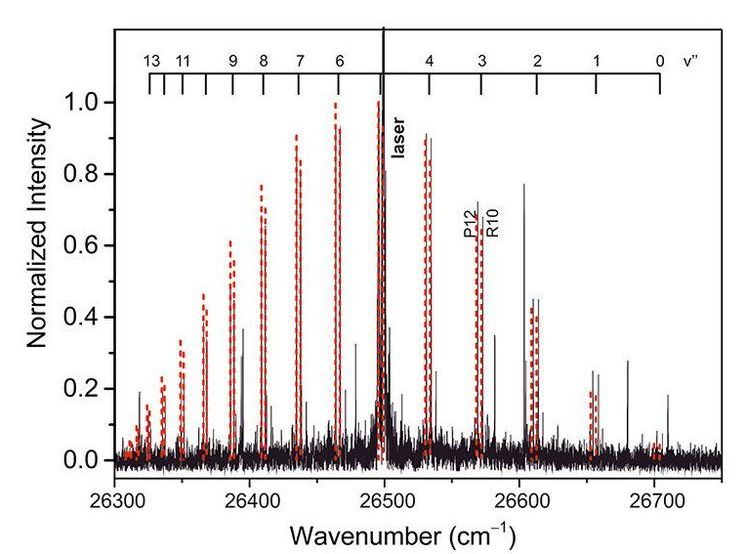Magnesium dimer (Mg2) is a fragile molecule consisting of two weakly interacting atoms held together by the laws of quantum mechanics. It has recently emerged as a potential probe for understanding fundamental phenomena at the intersection of chemistry and ultracold physics, but its use has been thwarted by a half-century-old enigma—five high-lying vibrational states that hold the key to understanding how the magnesium atoms interact but have eluded detection for 50 years.
The lowest fourteen Mg2 vibrational states were discovered in the 1970s, but both early and recent experiments should have observed a total of nineteen states. Like a quantum cold case, experimental efforts to find the last five failed, and Mg2 was almost forgotten. Until now.
Piotr Piecuch, Michigan State University Distinguished Professor and MSU Foundation Professor of chemistry, along with College of Natural Science Department of Chemistry graduate students Stephen H. Yuwono and Ilias Magoulas, developed new, computationally derived evidence that not only made a quantum leap in first-principles quantum chemistry, but finally solved the 50-year-old Mg2 mystery.
